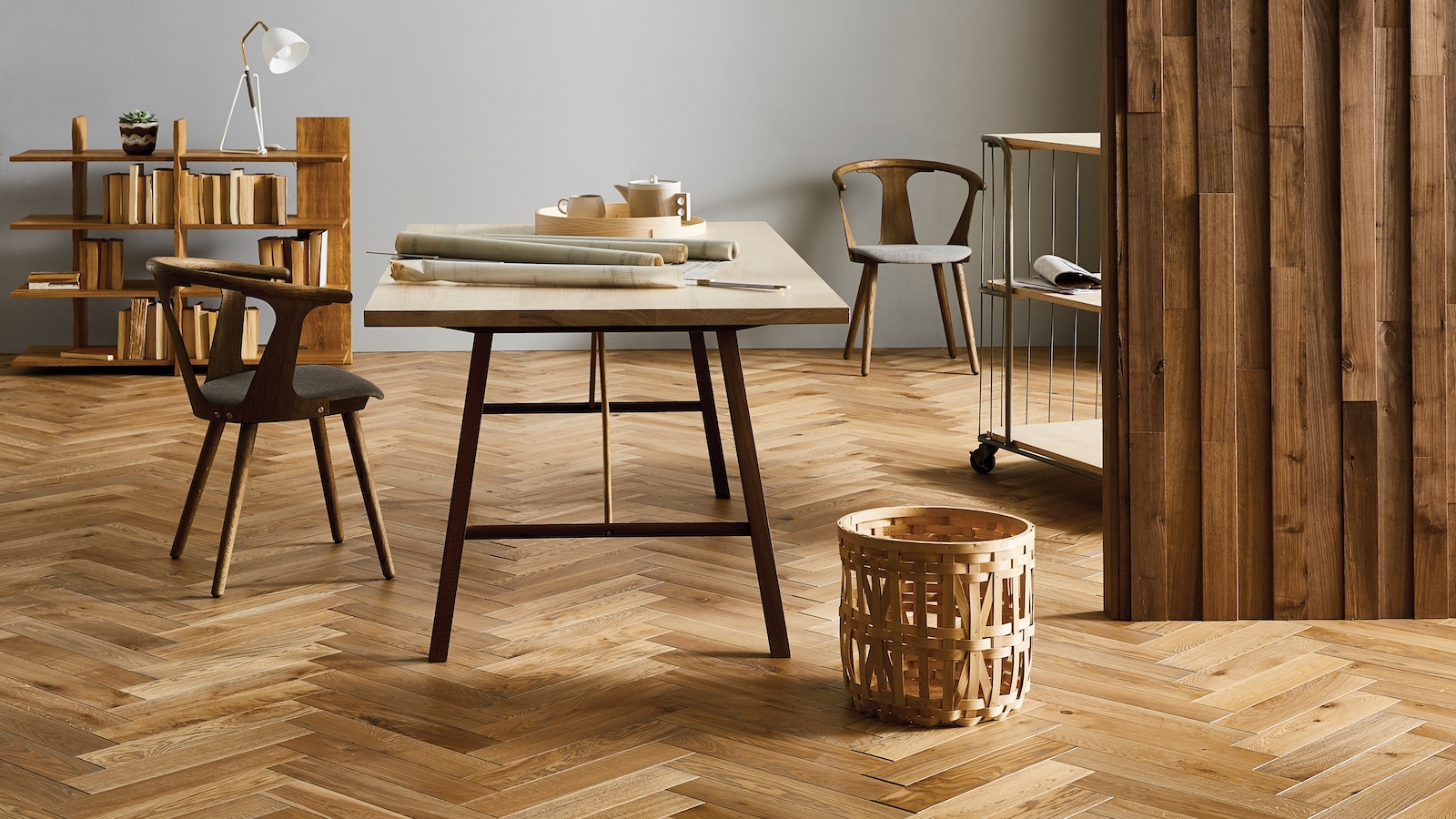Hardwood floors can add significant value and charm to your home. However, over time, they may begin to show signs of wear and tear that can tarnish their natural beauty. It’s in such situations that you need to refinish hardwood floors. But before you go for the costly option of hiring professionals, know that with some effort and patience, you can actually do it yourself!
Understanding When to Refinish Your Hardwood Floors
Recognizing the right time to refinish your hardwood floors is the first step towards successful refinishing. Keep an eye out for signs that indicate the need for refinishing. These may include noticeable stains that cannot be easily removed, deep-set scratches that disrupt the surface, or areas where the protective coating no longer exists. If your floorboards are unlevel or emit excessive noise when stepped upon, refinishing could be necessary. However, if the hardwood is fundamentally damaged or shows signs of rot, refinishing won’t rectify these issues – a replacement may be the only viable solution.
Gathering the Necessary Tools and Materials
Getting your hands on the right tools and materials is the second step in your DIY journey to refinish hardwood floors. The primary equipment you’ll require is a drum or orbital sander, which is typically available for rental at local hardware stores. You’ll also need a variety of sandpaper with different grit levels to gradually remove the existing finish and smooth out the wood.
Another key material is wood filler, which will be useful for filling in any cracks or holes in the floor before sanding. A broom and vacuum will be necessary for keeping your work area clean and dust-free as you progress.
When it comes to applying the new finish, a few more items will be required. If you wish to change the color of your hardwood floors, you’ll need a stain. Irrespective of whether you’re staining or not, you’ll certainly need polyurethane to protect the floor and give it a shiny finish. A high-quality paintbrush is crucial for applying the stain, while a lamb’s wool applicator ensures a smooth and even application of the polyurethane.
While gathering these tools and materials, bear in mind that quality matters. High-grade materials and equipment will not only make your job easier but also yield better results, ensuring a beautifully refinished floor that stands the test of time.
Preparing the Hardwood Floor for Refinishing
Before diving into the refinishing process, it’s essential to properly prep your hardwood floors. Begin by ensuring the room is free of all furniture and window treatments. Any immovable fixtures should be safeguarded with plastic coverings to prevent dust accumulation. Following this, give the floor a thorough cleaning to rid it of any lingering dirt or wax. Once cleaned, if you notice any cracks or crevices in the floor, use wood filler to rectify them, adhering to the drying time prescribed on the product’s label. Upon drying, sand the filler until it’s flush with the floor surface. This step ensures a level surface that will ultimately yield a smoother, more consistent refinishing result.
Sanding Your Hardwood Floors
The sanding phase is a pivotal part of the hardwood floor refinishing process. This is where you strip off the old finish and smooth out the wood surface, preparing it for the new finish. Start with sandpaper of a coarse grit to tackle the old finish and any superficial surface damage. Over time, transition to a medium-grit sandpaper and eventually to a fine-grit sandpaper. This gradual progression ensures a smooth and even finish. It’s vital to always follow the direction of the wood grain during sanding to prevent causing new scratches. After each round of sanding, remove the dust using a vacuum or sweeping tool. This step keeps the workspace tidy and prepares the floor for the subsequent sanding phase. Remember, each sanding stage is crucial and should not be rushed. Patience at this juncture will set the stage for a beautifully refinished floor.
Applying the New Finish to Your Hardwood Floors
Once you have thoroughly sanded your floors, use a damp cloth to collect any lingering dust particles. If you have opted to stain your floors for a new color, now is the time to apply it. With a quality brush, evenly distribute the stain across your floor, taking care to not leave excess stain on the surface. Instead, quickly wipe away any extra with a cloth, ensuring the stain doesn’t pool or drip. Allow adequate time for the stain to dry completely, according to the manufacturer’s instructions.
The next step is applying the polyurethane finish, which will provide a protective seal and shine to your floors. Employ a lamb’s wool applicator for this task, as it ensures a smooth and even application. Starting from one corner of the room, methodically work your way towards the room’s exit to avoid stepping on freshly coated areas.
Be sure to apply at least two layers of polyurethane finish, ensuring each coat has plenty of drying time in between applications. Resist the temptation to rush this process; proper drying time between coats is vital for achieving the best possible finish. It may seem time-consuming, but this patient attention to detail will provide the best results for your refinished hardwood floors.
Maintaining Your Refinished Hardwood Floors
After investing time and effort to refinish your hardwood floors, it’s paramount to implement a routine to keep them looking their best. A critical part of this routine is using cleaning products specifically designed for hardwood floors, which will not compromise their finish. Stay away from certain cleaning methods like water and vinegar, steam cleaners, or wax-based cleaners, as they may deteriorate the wood and dull the sheen. Protective measures can also go a long way in preserving your floors. For example, attaching protective pads to the bottom of furniture legs can help prevent unnecessary scratches. Similarly, placing area rugs in spots that see a lot of foot traffic can reduce wear and tear. Implementing these measures will ensure your refinished hardwood floors continue to shine and look their best for years to come. If you are looking to refinish hardwood floors Indianapolis, check out ProSand.

